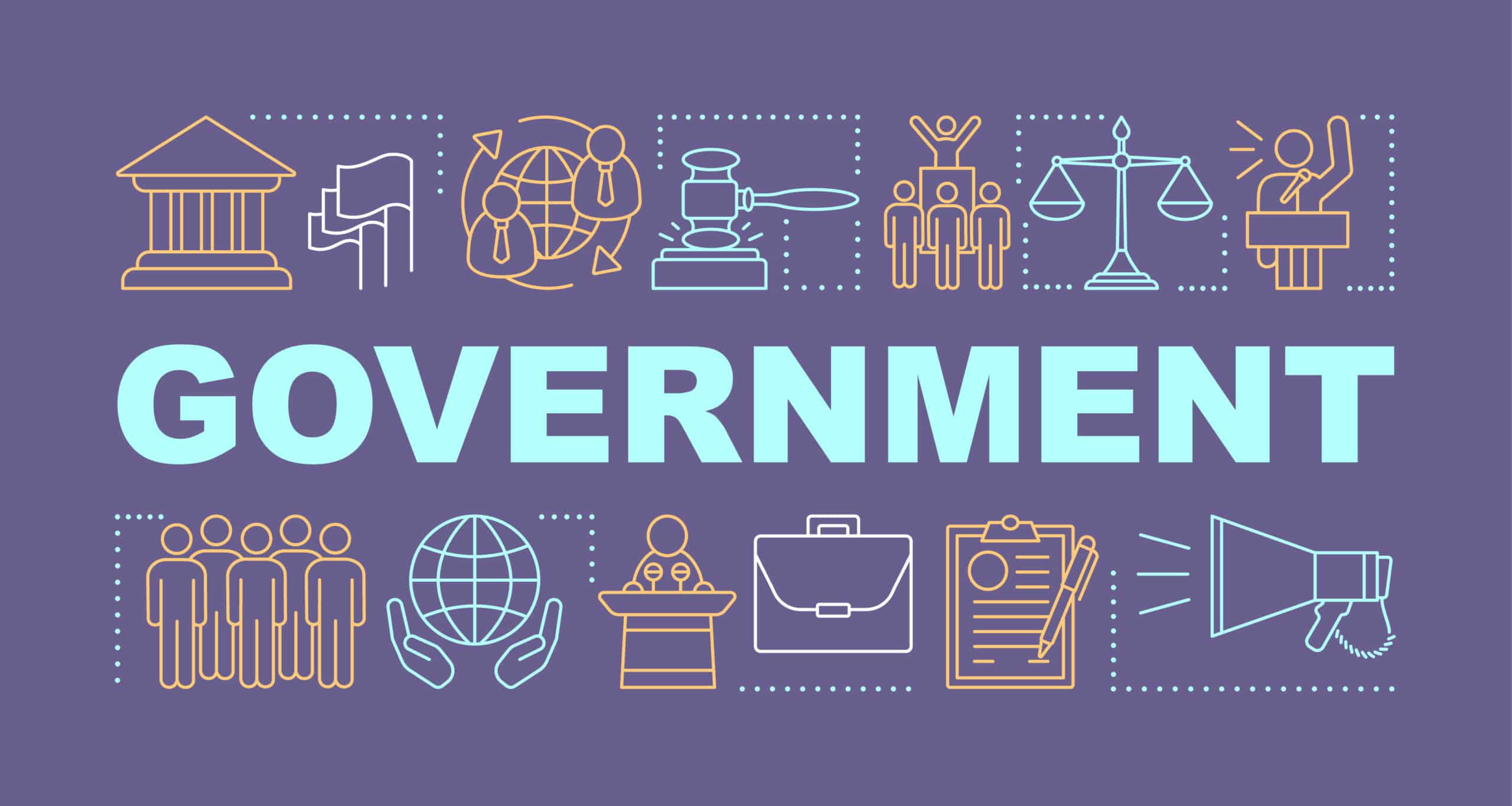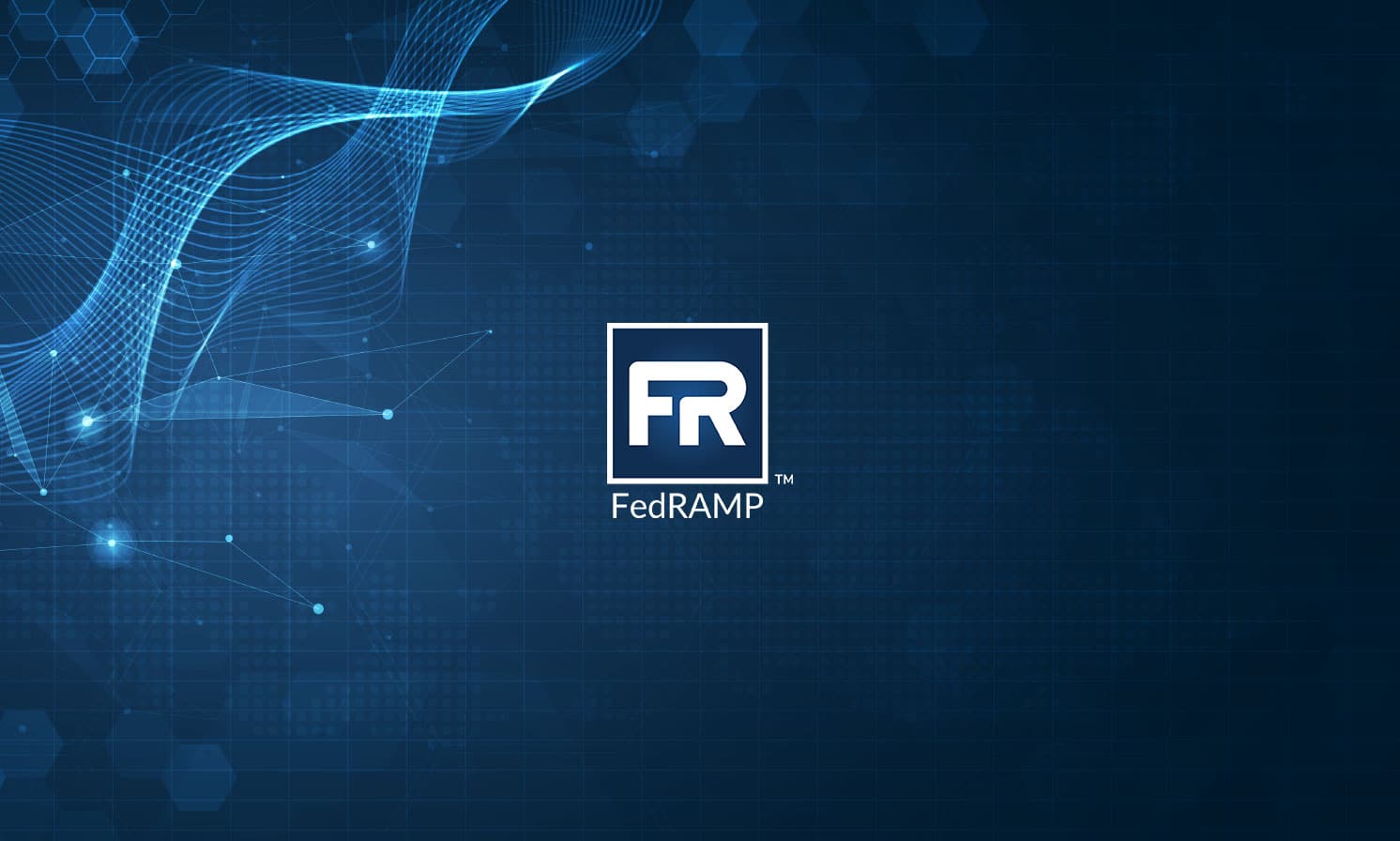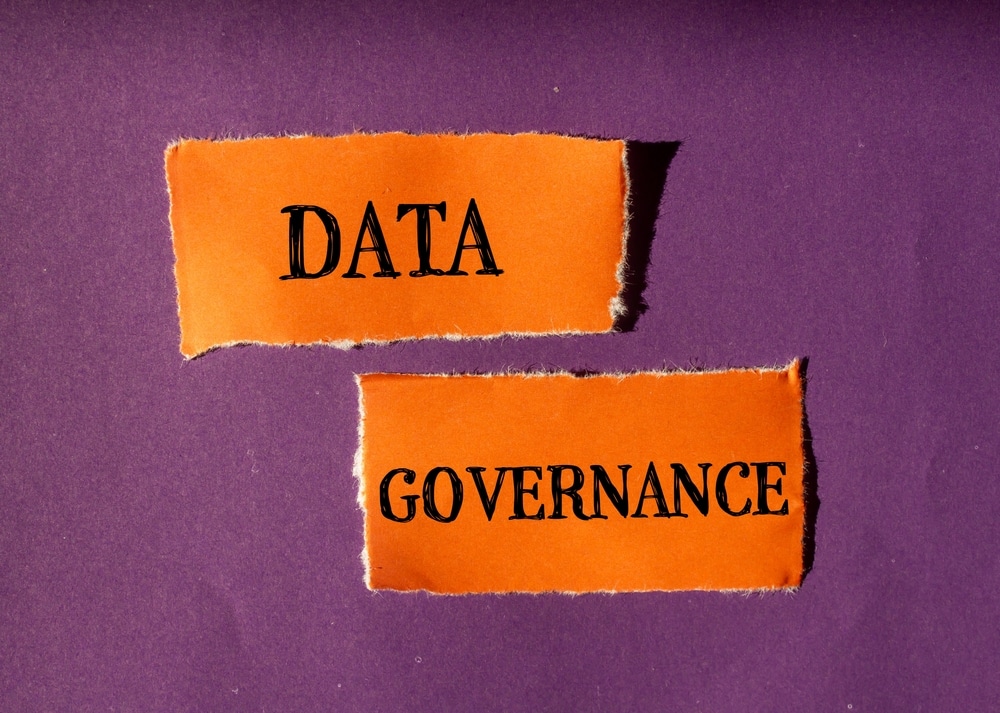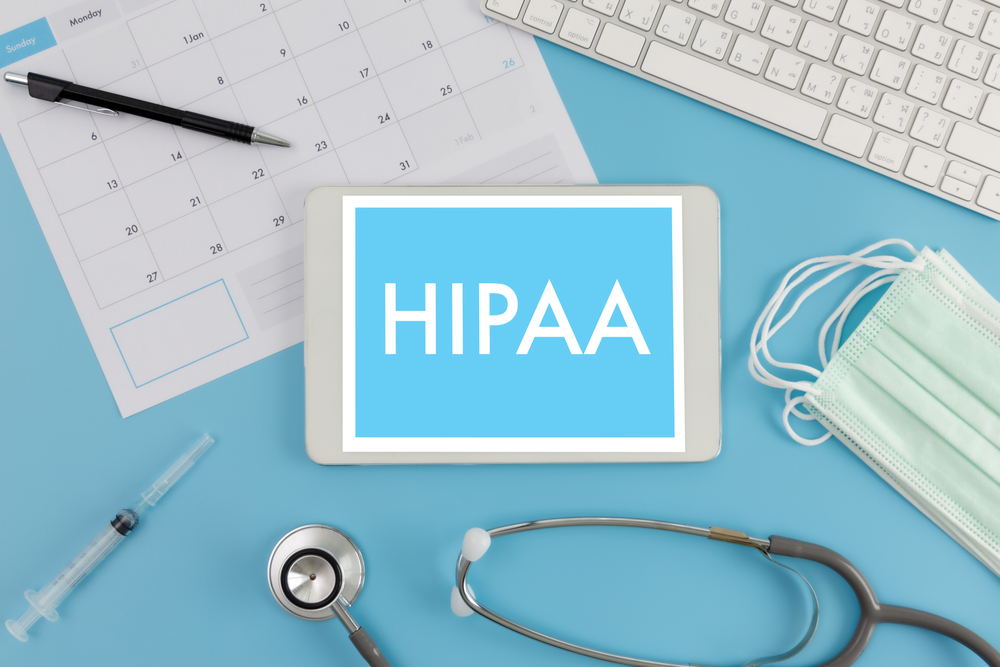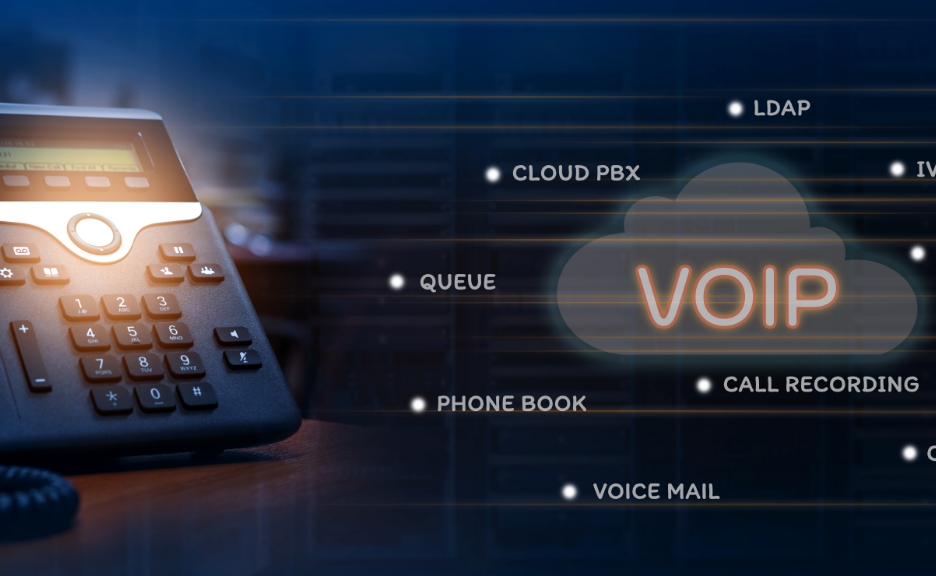What FedRAMP High Really Means for Federal Agencies
The pressure is on federal agencies to get more efficient, and agency leaders are feeling the squeeze. That’s where FedRAMP®-authorized solutions make a difference. Instead of spending months or even years running your own security assessments, your agency can select from solutions that are already vetted and approved. But not all FedRAMP cloud service offerings...
